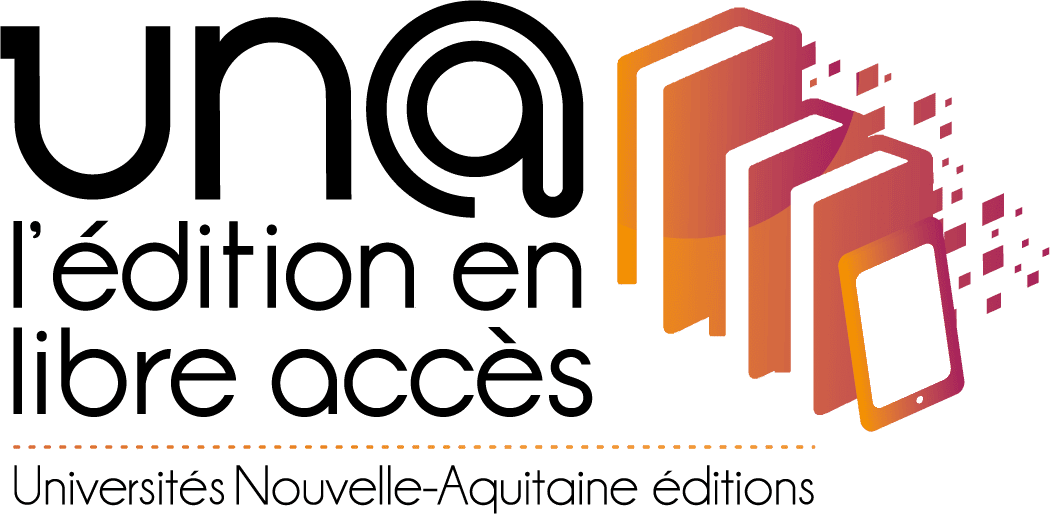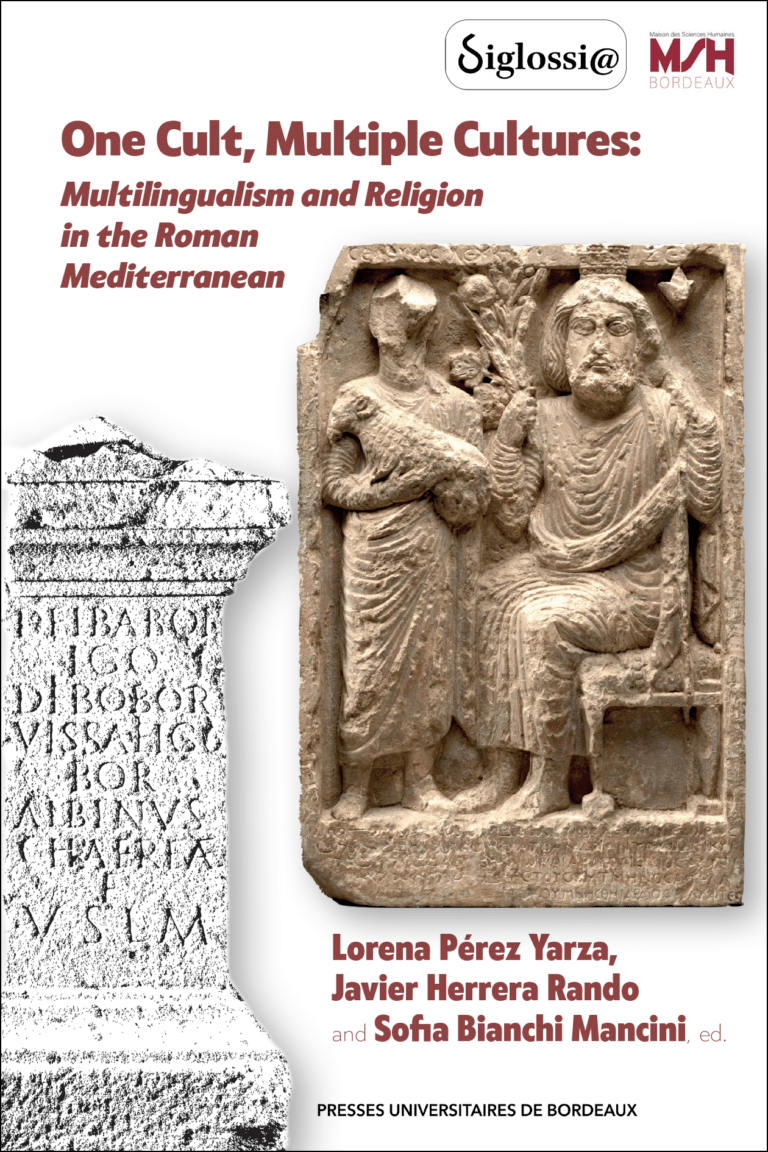In an imperial context, regardless of the nuances in the exercise of imperial power, multilingualism is not an exception but a structural condition. The fundamental diglossia between the language of the imperial elite and local vernaculars was compounded by the presence of administrative idioms, scribal languages, and older prestige tongues inherited from previous imperial formations. The Graeco-Latin binary that dominates modern reconstructions of the ancient Mediterranean is the result of a complex history of reception, canonisation, and scholarly renaissances, rather than a faithful reflection of ancient linguistic realities. Yet, as several case studies in this volume demonstrate, only a limited number of languages were considered appropriate for epigraphic use. The ability of a language to enter the epigraphic record often depended on its association with specific domains of use – legal, religious, or administrative – and on the availability of scribal traditions capable of encoding it in writing. Thus, what survives in the epigraphic record is neither a neutral reflection of spoken multilingualism nor a random sample, but a curated corpus shaped by socio-political constraints and ideological hierarchies. Minority languages such as Lusitanian, or indigenous divine names preserved in religious dedications, exemplify how specific linguistic forms could survive through restricted yet meaningful registers, particularly in cultic or ritual contexts. However, despite the potential offered by palaeographic analysis, dialectal variation, and onomastic studies, there remain inherent limitations to how far modern historians can reconstruct the full spectrum of ancient multilingual expression from epigraphic evidence alone.
Yet, this volume has not primarily sought to contribute to the growing and fruitful corpus of studies on ancient Mediterranean multilingualism, as sketched in the introduction by L. Pérez Yarza, J. Herrera Rando and S. Bianchi Mancini. Rather, it has offered a series of deep studies on a particular form of public speech that resulted from the direct and indirect encounter of people bearing different personal, familial, urban or regional, professional, political, and maybe even ethnic belongings and obligations. Yet again, the volume has not aimed to enlarge the expanding and proliferating research about generalisable forms of cultural encounter, hybridisation, appropriation, and resistance. Instead, it has focused on the multifaceted phenomenon of bi- and very occasionally tri-lingualism in religious communication, understood as a specific form of expression, typically public in the case of inscriptions. This focus allows for more nuanced insights into how people negotiated imperial cultural complexity in different places and different situations.
Why religion? In the history of scholarship, religion has been attributed prominent roles in the interpretation of religious and cultural negotiations. The preface of this volume has already hinted at that complex milieu. On the one hand, public religious communication, that is above all, ritual action was seen as having been preferred by ancient societies as the ultimate expression of political identity in the face of complexity, for instance as “civic religion”. On the other hand, individual religious adherence to religious groups, their actions and their beliefs, was seen as having been used as the other way out of that complexity. “World religions” simply have often been thought to transcend local markers of identity, overriding other differences of belonging.
Nor was that the starting point of this volume. In what I would call a lived ancient religion perspective, the agents behind the epigraphic material of this volume – be they authors, patrons, or commissioners – are analysed as individuals responding to specific circumstances. They are seen as situationally developing strategies to address a series of practical and symbolic challenges: how to name the divine, how to successfully (as others have done) address the divine addressees and how to render all this plausible to their family, local group, or fellows in office, and maybe unknown future readers. In many instances, the chapters presented cases in which further variables came under scrutiny. The competences of the agents; the diverse audiences they had to cater for; their willingness to conform or distinguish themselves; the innovative or established character of writing and specific epigraphic genres; questions regarding the property of the places where inscriptions were presented or deposited; and not least, the affordances of the material and the objects used. All this resists facile generalisations. Where possible, contributors pointed out patterns and boundaries of the material investigated. Across the chapters, certain shared features emerge: for instance, the willingness of honest communication, that is, not distorting the translation. At the same time, the study of “asymmetrical translations” demonstrated how far some ancient authors strove to express conceptual nuances in each language, even when these could not be possibly expressed in the other tongue. Likewise, formal concerns like metrics could override the wish to strive for equivalence. Altars came out as recurrently dominating the material evidence. Evidently, these objects were given prominence not only to document a one-off religious act, but also as installations suggesting further use, thus constituting part of the religious infrastructure.
The most important result shared across all chapters lies in the very methodological decision to approach imperial complexity, belonging, identity, and multilingualism, through the lens of religion. Religious actions, in both their verbal and material dimensions, turned out to be a field of extreme inventiveness and plasticity, producing the very results they appear to presuppose: the gods themselves. Religion is these cultural practices and is thus as much a “lens” for the study of imperial multiculturality as it is, at the same time, an “object” of research, examined through its constitution in multilingual acts. As many of the acts, their textual expressions, and later interpretations have revealed, such lived religion was rarely concerned by utter precision to fulfil some objectively given norms.
Second-language accounts were seldom intended to correctly match two pre-existing cultural systems. Instead, they deployed an enlarged textual, iconographic lexicon, and range of practices to enrich their religious repertoire. They use religion as a medium through which they position themselves in, and renegotiate, the situational complexities of multicultural environments. It is not fidelity to semantic equivalence that comes to the foreground most clearly from the cases explored in this volume, but rather the strategy of mutual intelligibility, provided that mutuality involves more than two parties. While interpretatio Romana often reflects an act of imperial appropriation from above, polyglossia religiosa constitutes an act of dealing with imperium Romanum from within. The bilingual expression may stem from the choice of an individual or a whole group (as the very beginning of this volume illustrates), standing in opposition to a strategy that has long enjoyed a greater interest in the historiography of religion, namely, the monolingualism of the lingua sacra, which typically enforces a form of in-group diglossic bilingualism upon its followers, as seen in pairings such as Hebrew and Aramaic, Arabic and Egyptian, or Latin and vernaculars. This volume has trodden newer ground in that regard.
Max-Weber-Kolleg – Universität Erfurt, joerg.ruepke@uni-erfurt.de, ORCID: https://orcid.org/0000-0002-4173-9587.





